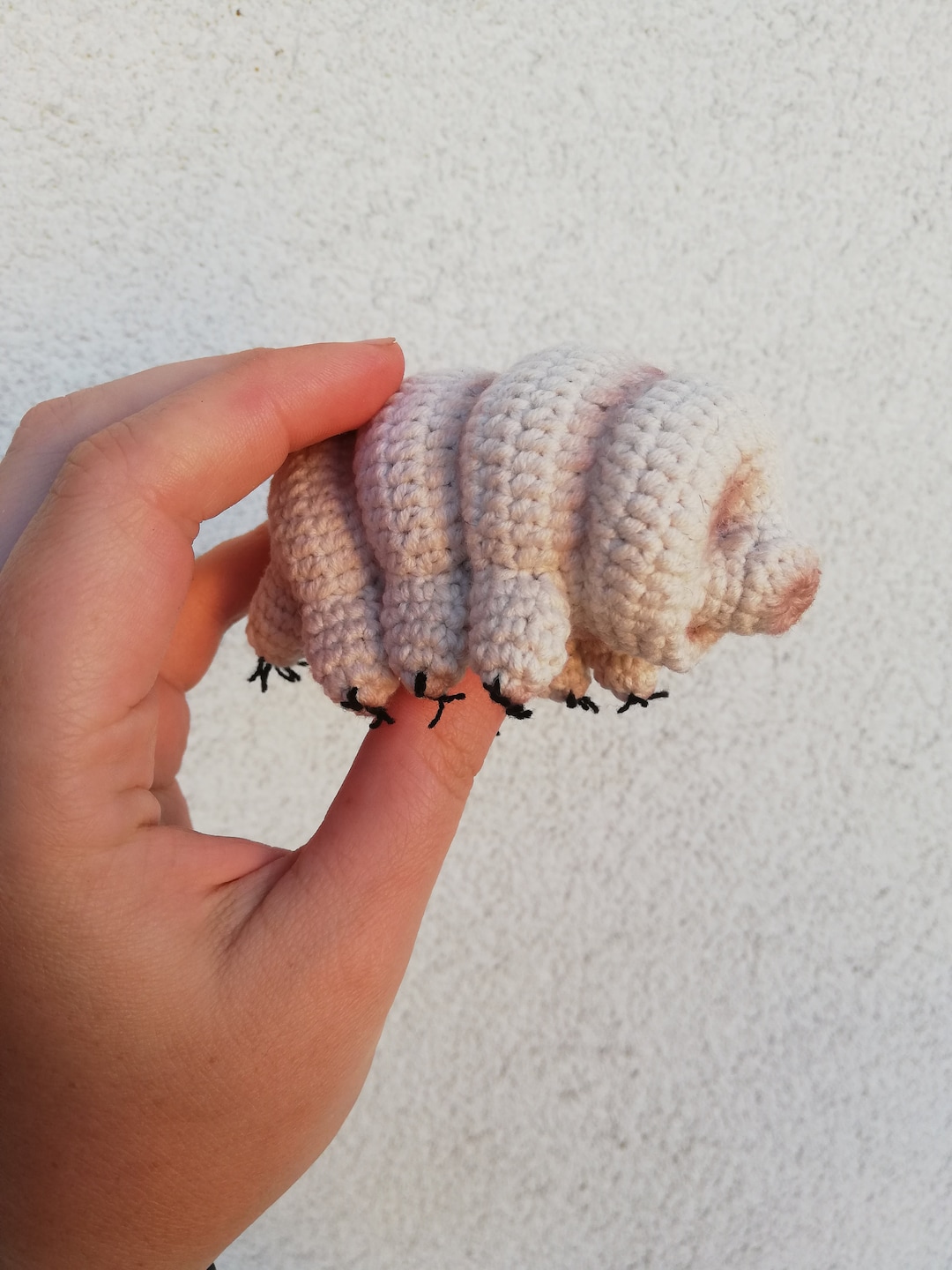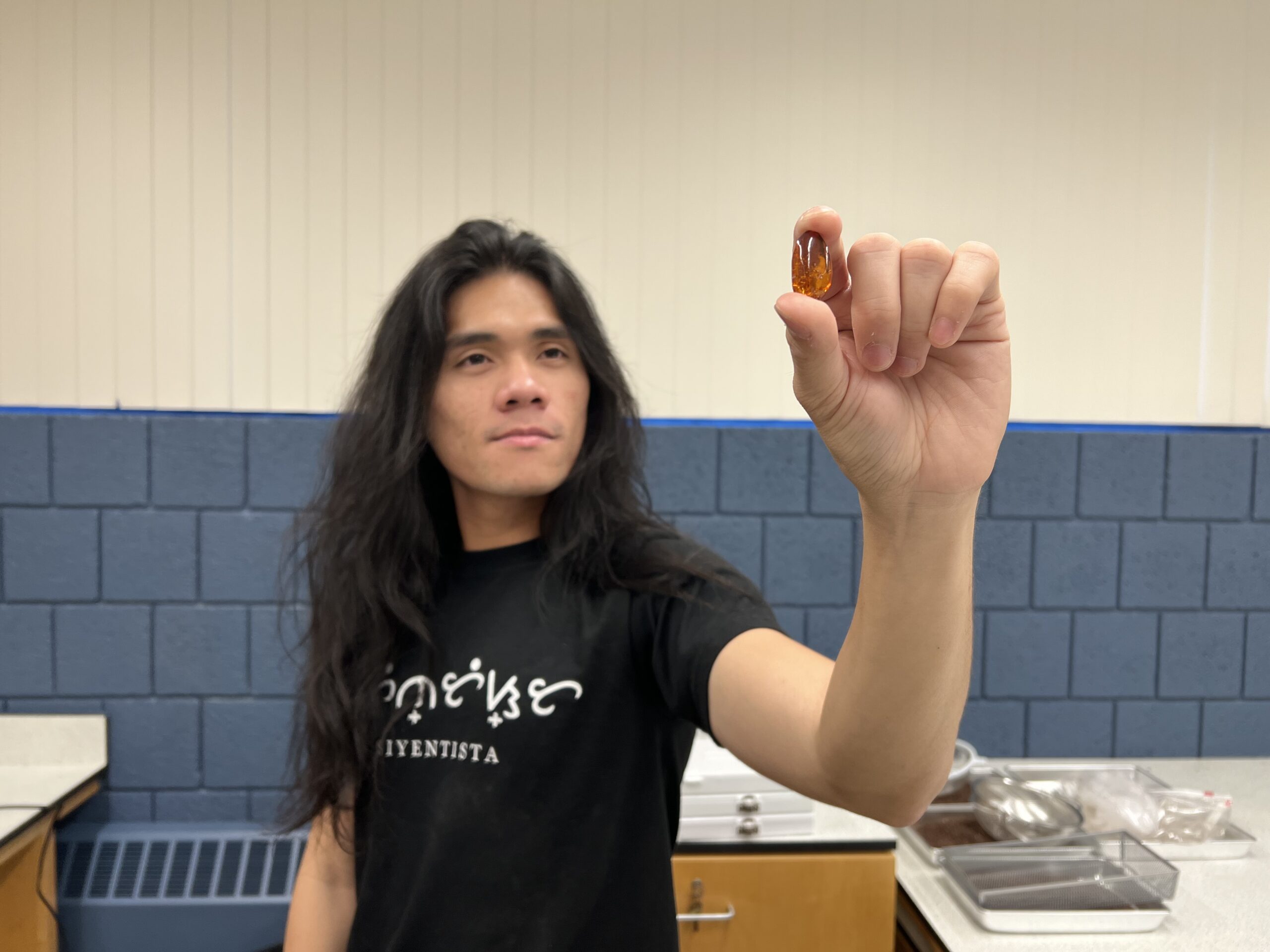Could a creature, barely visible to the naked eye, hold secrets to survival beyond our wildest imaginations? The answer lies within the unassuming tardigrade, an organism so resilient it defies many of the fundamental rules of biology, a testament to nature's unparalleled ingenuity.
Tardigrades, often affectionately called water bears or moss piglets, are tiny aquatic animals, typically about 0.5 mm (0.02 inch) long, that have captivated scientists and the public alike with their extraordinary ability to withstand extreme environments. Under a microscope, you can see their plump, segmented bodies and flat heads, revealing a surprisingly complex creature with eight stubby legs and a surprisingly adorable demeanor. These microscopic marvels are found in various environments, including moss, lichen, leaf litter, and even the deep sea. Their ability to survive in extreme conditions, such as high temperatures, high pressures, and even the vacuum of space, has earned them the title of the toughest animal on Earth. But how do these creatures, consisting of roughly 1000 cells, manage to achieve such feats of endurance?
| Feature | Description |
|---|---|
| Common Names | Water bears, moss piglets |
| Size | Typically about 0.5 mm (0.02 inch) long |
| Habitat | Moss, lichen, leaf litter, aquatic environments, deep sea |
| Diet | Plant matter, other microscopic creatures (species-dependent) |
| Resilience | Extreme temperatures, high pressures, vacuum of space, dehydration, radiation |
| Unique Feature | Ability to enter cryptobiosis |
| Cell Count | Approximately 1000 cells |
| Dehydration State | Known as a "tun" |
| Cryptobiosis | Suspension of living processes in response to environmental stress |
| Recovery Time | Tardigrades can reanimate within 15 minutes of rehydration. |
Reference: Wikipedia - Tardigrade
Read also:Porsha Williams Divorce Latest Updates What You Need To Know
The secret to their remarkable resilience often lies in their ability to enter a state of cryptobiosis. When faced with harsh conditions, such as the drying up of their watery habitats, tardigrades can lose up to 99% of their body water content. This process transforms them into a dehydrated state known as a "tun." In this state, they essentially suspend their life processes, becoming dormant until conditions improve. If you were to dry up or freeze like a tardigrade, your cells would break apart beyond repair, yet these creatures can survive these extreme conditions. The tun state is a remarkable adaptation, allowing them to survive in environments that would be lethal to most other organisms. Once favorable conditions return, they can rehydrate and revive, slowly emerging from cryptobiosis.
Researchers have delved into the mechanisms that allow tardigrades to withstand such extreme conditions. The science of their survival is quite intricate, from their ability to create specific proteins, such as intrinsically disordered proteins, that protect their cells to the ability to repair damaged DNA. In 2023, researchers published a study in the journal Communications Biology, which took a closer look at a fossil tardigrade found in amber. Using advanced microscopic techniques, the team analyzed this ancient specimen, offering further insights into the evolutionary history and resilience of these creatures.
The tardigrade's body plan, with its plump, segmented bodies and flat heads, contributes to its survival. These creatures have a very high surface area to volume ratio, which helps them to quickly dry out and enter the tun state. Their eight stubby legs are equipped with claws, which allow them to grip onto the surfaces of moss, lichen, and other substrates in their habitats. They have a range of diets, including plant matter and other microscopic creatures.
The study of tardigrades has yielded many fascinating discoveries. One of the most compelling aspects of tardigrade research is their ability to withstand radiation, a testament to their DNA repair mechanisms. This remarkable quality makes them a subject of interest for space biology, and has led to the exploration of how their survival mechanisms can be applied to protect humans from the harmful effects of space travel. Their ability to survive in a vacuum has also made them of great interest to space agencies.
Their charmingly pudgy appearance and their delightful common names (water bear and moss piglet) have endeared them to science enthusiasts. The fact that you can find 1602801 tardigrade on finger 3d models for 3d printing, cnc and design shows that there is much interest in this species. If you start searching for tardigrades with a 4x objective (40x total magnification), you will be able to view the tardigrades. Once you find a tardigrade, you can switch to the 10x objective to get a closer look. The patience will pay off because they are a fascinating species.
While barely visible to the naked eye, a tardigrade on your finger, magnified, reveals a surprisingly complex creature with eight stubby legs and a surprisingly adorable demeanor. The real size of the toughest animal on Earth can be compared to your fingertip for scale. When looking at a tardigrade, consider that it is the epitome of endurance and adaptability. It's a tiny symbol of nature's ability to survive against all odds.
Read also:Jess Ross Writer Performer Lgbtq Icon In La
In the study mentioned earlier, the team named the fossil Aerobius dactylus, from "aero" meaning relating to air, because the fossil appears to be floating on air in the amber, and "dactylo," or finger, after its long claw. This tiny discovery further highlights the importance of studying tardigrades.
The discovery of tardigrades, also known as water bears or moss piglets, in various environments, including moss, lichen, leaf litter, and even the deep sea, shows that these tiny creatures are far more widespread than initially imagined. The highest resolution of classification we reliably have so far are the two classes of tardigrade that sound like playground insults. Their survival mechanism is a true mystery.
Fun science facts the tardigrade, also known as the water bear, is one of the most fascinating and resilient creatures in the animal kingdom. They are a testament to the remarkable adaptability of life on Earth. Their ability to thrive in the most inhospitable environments has made them a key subject of scientific inquiry, and they provide the opportunity to learn more about the possibilities of life beyond our planet.
The study also as confirms another entry in the fossil record of tardigrades, further emphasizing the fact that the study of these creatures could lead to breakthroughs in biology and medicine. Their remarkable ability to survive in extreme conditions makes them a captivating subject of study, and the ongoing research promises to reveal even more about these microscopic marvels.


